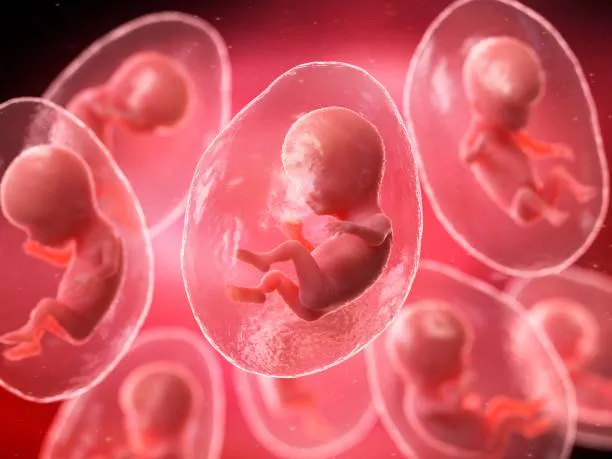
Gunjan Gupta
Medical Director & IVF Specialist
In Vitro Fertilization (IVF) is an advanced fertility treatment that helps couples conceive when natural methods fail. In this process, eggs and sperm are combined outside the body in a laboratory to create embryos, which are then transferred into the woman’s uterus. IVF is one of the most effective and widely used assisted reproductive techniques, offering hope to those facing infertility due to various medical reasons.

Here are the main types of IVF treatments:
Conventional IVF – Eggs and sperm are combined in a lab dish for natural fertilization.
ICSI (Intracytoplasmic Sperm Injection) – A single sperm is directly injected into an egg, often used for male infertility.
Donor Egg IVF – Used when the woman’s own eggs are not viable; donor eggs are fertilized with the partner’s or donor’s sperm.
Donor Sperm IVF – Used when the male partner has fertility issues or genetic conditions; donor sperm is used for fertilization.
Frozen Embryo Transfer (FET) – Previously frozen embryos are thawed and transferred to the uterus.
Mini or Mild IVF – Uses fewer medications to produce fewer but high-quality eggs; it’s less invasive and more affordable.
Natural Cycle IVF – No fertility drugs are used; the egg released naturally during the woman’s cycle is collected and fertilized.
Here’s a simple explanation of the IVF procedure step by step:
Ovarian Stimulation – Fertility medicines are given to the woman to help her ovaries produce multiple mature eggs.
Egg Retrieval – Once the eggs are ready, they are collected from the ovaries using a thin needle under mild anesthesia.
Sperm Collection – A sperm sample is collected from the male partner or a donor.
Fertilization – The eggs and sperm are combined in a laboratory dish to allow fertilization (or by ICSI, where one sperm is injected directly into an egg).
Embryo Development – The fertilized eggs (embryos) are grown in the lab for 3–5 days under expert monitoring.
Embryo Transfer – One or more healthy embryos are placed into the woman’s uterus using a thin catheter.
Pregnancy Test – After about 10–14 days, a blood test is done to check if pregnancy has been achieved.

Medical Director & IVF Specialist